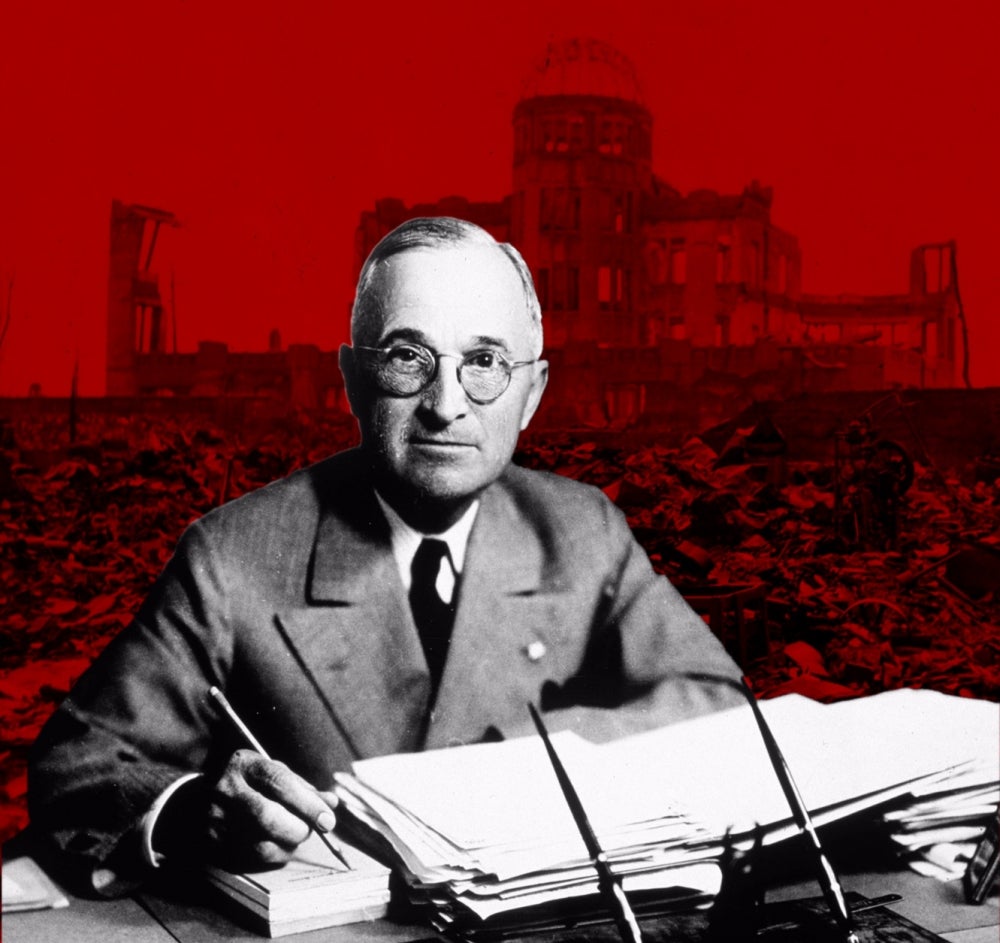
Weighty Decision

For decades, historians have considered the narrative of President Harry Truman’s “decision to use the bomb” at the end of World War II more myth than reality. Truman’s actual role, they say, was in fact mostly peripheral.
Regardless, key decisions Truman made during the war would have vast consequences for the future of nuclear weapons. — consequences that reverberate today.
Science and technology historian Alex Wellerstein will discuss that and more when he presents UC Santa Barbara’s Lawrence Badash Memorial Lecture. Wellerstein’s talk, “Truman’s Bomb and the Making of the Atomic Presidency,” will take place Wednesday, May 9 at 4 p.m. in the McCune Conference Room, 6020 HSSB. The event is free and open to the public.
“Alex’s talk looks at the issue of who has the legal and political authority to use nuclear weapons and frames this critical issue in a larger historical context,” said W. Patrick McCray, a professor of history at UCSB and a specialist in the history of science and technology in the 20th century.
“The issue of presidential authority to use nuclear weapons is of huge contemporary relevance,” McCray continued. “We currently have a president who has frequently resorted to nuclear saber rattling — especially in regard to the Korean peninsula — and who has boasted about the size and power of the American nuclear arsenal. At the same time, a second nuclear arms race between the U.S. and Russia appears to have resumed, with shades of the Cold War.”
While an associate historian at the American Institute of Physics in College Park, Maryland, Wellerstein created an online nuclear simulation tool called NUKEMAP. The site allows two- and three-dimensional visualizations of the effects of a nuclear weapon detonation anywhere in the world.
Using a “mashup” of publicly available code from Google Maps, Wellerstein created the site to help people visualize nuclear destruction in terms they can understand.
“We live in a world where nuclear weapons issues are on the front pages of our newspapers on a regular basis, yet most people still have a very bad sense of what an exploding nuclear weapon can actually do,” Wellerstein writes on his web site, nuclearsecrecy.com. “Some people think they destroy everything in the world all that once, some people think they are not very different from conventional bombs. The reality is somewhere in between: nuclear weapons can cause immense destruction and huge losses of life, but the effects are still comprehendible on a human scale.”
The site has been “detonated” over 90 million times.
“The metadata Alex can collect from the use of his site also allows him to track things such as use between various countries,” McCray said. “Do people in Pakistan or Russia use NUKEMAP to see what effects a nuclear exchange might have on targets in India or the U.S.?”
Currently, Wellerstein is an associate professor of science and technology studies at the Stevens Institute of Technology in Hoboken, New Jersey. He is completing a book that highlights the history of nuclear secrecy in the United States from the Manhattan Project through the War on Terror. He specializes in the history of nuclear weapons, and uses his background as a web developer, database programmer and graphics designer to broaden public understanding of both history and science. He is a regular contributor to The New Yorker’s “Elements” Blog.
The Badash Lecture, presented each year by UCSB’s Interdisciplinary Humanities Center, honors Lawrence Badash, a professor emeritus of history and a specialist in the history of physics and nuclear weapons. The lecture recognizes a scholar of science and society whose work has advanced not only the history of science, but also the larger aims of social justice, civil liberties, peace and disarmament, public health or environmental protection.



